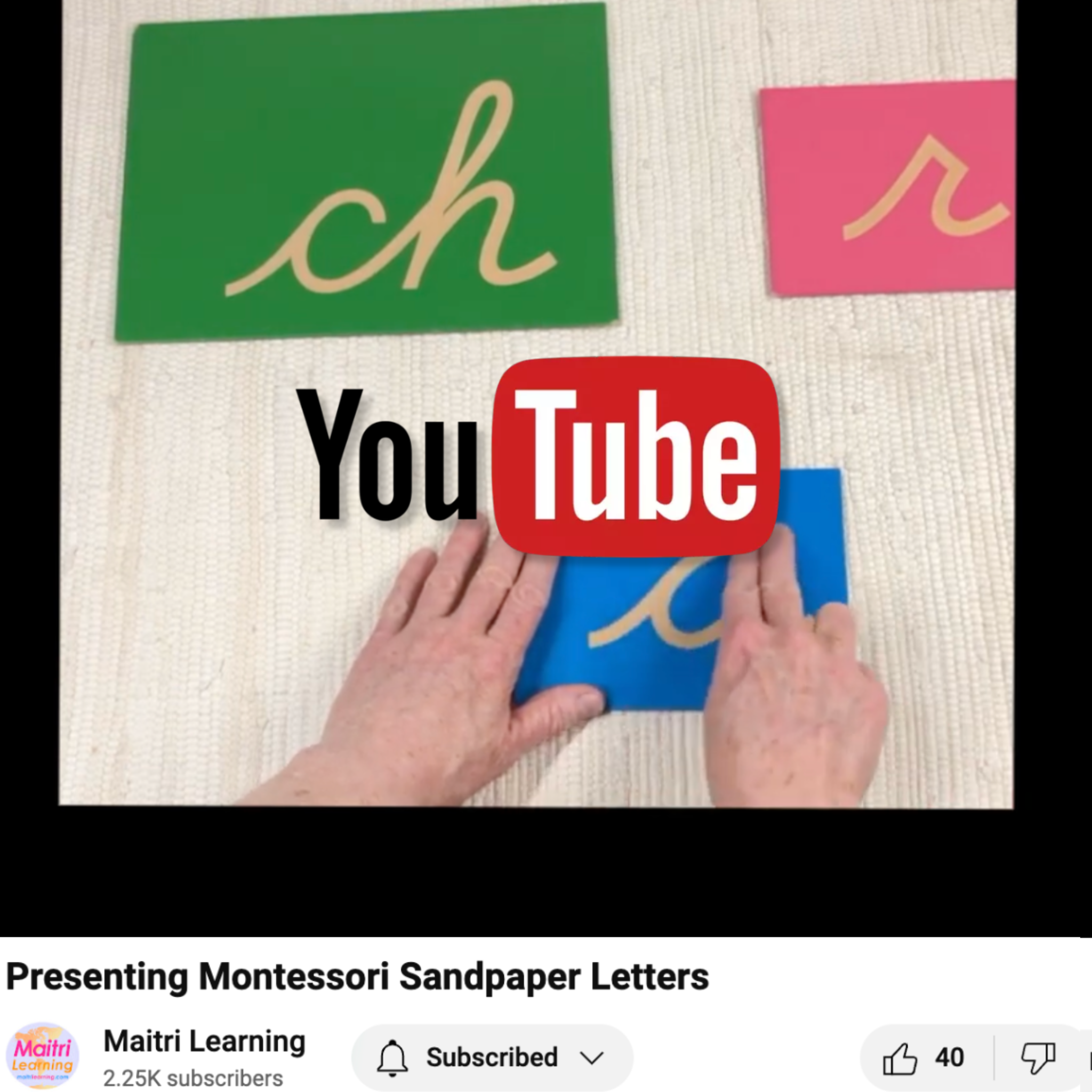Why are division equations written the long way?
Question:
Why are your division equations on long cards as opposed to the shape of the other math cards?
Answer:
Great question. It took us some time and research to decide how to format our division math equation cards because, as you point out, division looks different in equation form than the other mathematical operations.
Let's start at the beginning. Division is a mathematical operation where one number (the dividend) is shared equally by another number (the divisor). The answer is called the quotient. When we explain this operation to young children, we say division means:
- Share it fair; everybody has to get the same amount
- The answer is what one person gets
- Always start sharing the largest thing first (e.g., hundreds before tens)
When you put it in these simple terms, its possible for children as young as 5 years old to successfully work out division equations using hands-on manipulatives (like base ten cubes or Montessori golden beads).
Division equations can be written out in several different ways. For example, you can write:
In advanced math, division equations are almost always shown as a fraction as in the first example. However, when first introducing division to young students, it is customary in the US, UK, and much of South America to use the obelus symbol ÷ as in the second example.
In the obelus, the line represents the fraction with the dot above representing the numerator or dividend and the dot below representing the denominator or divisor. The obelus has been in use since the 1600s so this is a long standing mathematical convention.
We decided to follow this convention because it shows the young child a unique symbol for division just like there is for addition, subtraction, and multiplication. The obelus ÷ is the division sign just like the plus + is the addition sign.
Now that you know the history, feel free to share it with your students! This is a lovely little research project for children in elementary school.
We hope this helps!








Leave a comment
This site is protected by hCaptcha and the hCaptcha Privacy Policy and Terms of Service apply.